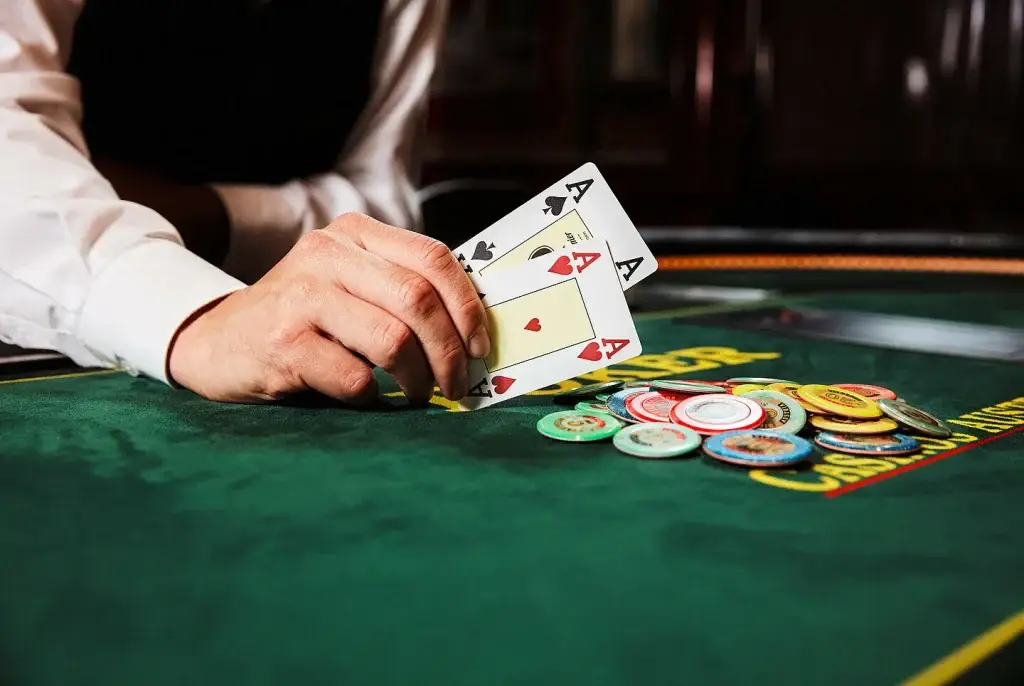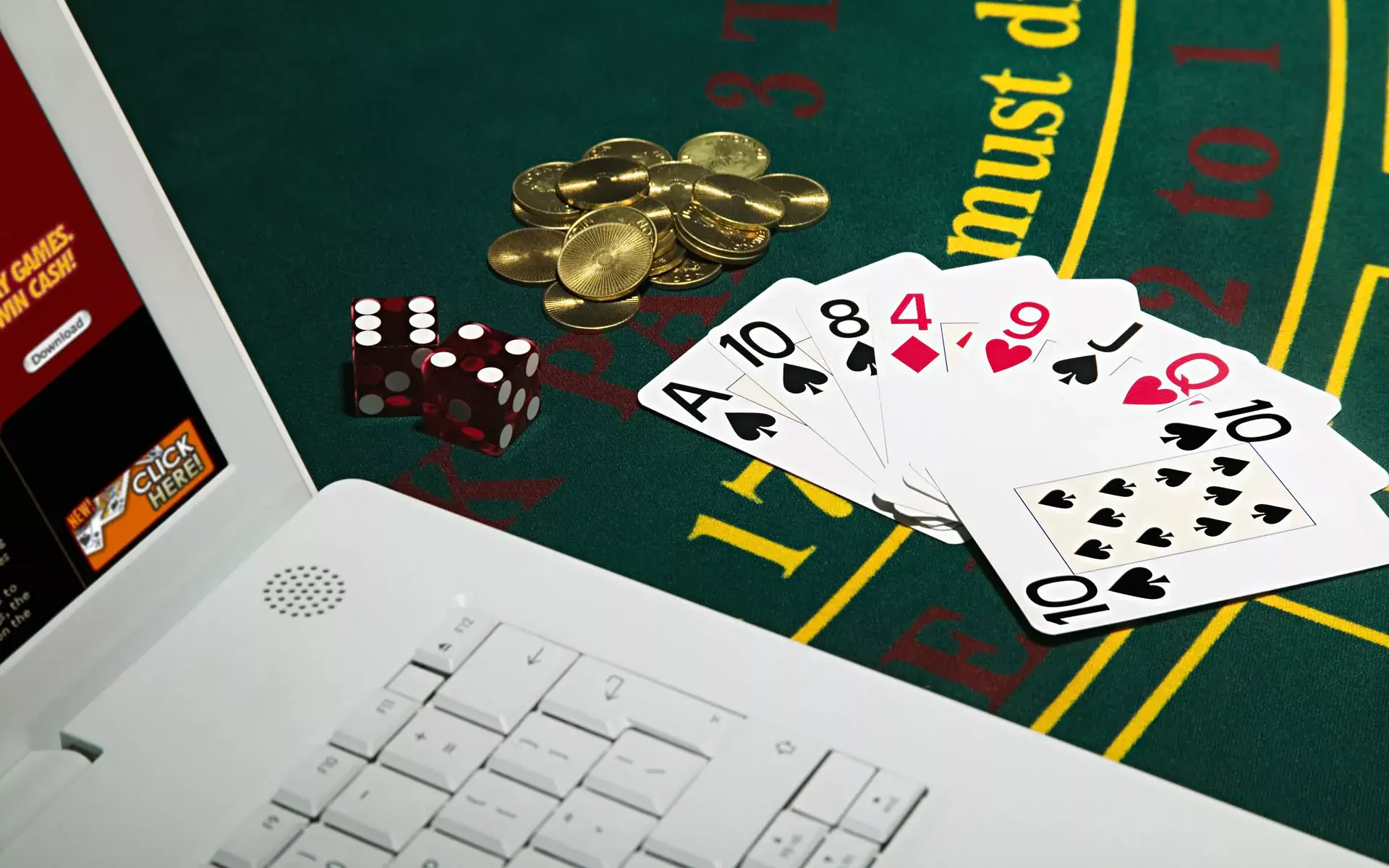French culture has given the world many unique attractions, and the Chamen de fer deserves special mention. The name means ‘railway’ and refers to the speed of decision-making and the dynamism of the process. This card game has a place of honour as a variant of baccarat, while retaining its unique rules and features.
Historical roots and development
Schmen de fer was first mentioned in the 19th century. Napoleonic France actively popularised the card game as a symbol of intelligence and strategy. The development of railways inspired the creators of the name, which embodied progress. This variant of baccarat quickly gained popularity among the aristocracy.

Schmen de fer: game rules and the main stages of the game
 The variety of card games in modern casinos requires a good understanding of the mechanics of each game, which in turn affects the choice of strategies and betting methods. Schmen de fer is one of them, combining elements of traditional excitement and intellectual combat. The distinctive feature of the format lies in the unique structure of the rules, which keeps it interesting not only for beginners, but also for experienced players. The system is based on the principles of ancient baccarat, but has its own features that set it apart from others.
The variety of card games in modern casinos requires a good understanding of the mechanics of each game, which in turn affects the choice of strategies and betting methods. Schmen de fer is one of them, combining elements of traditional excitement and intellectual combat. The distinctive feature of the format lies in the unique structure of the rules, which keeps it interesting not only for beginners, but also for experienced players. The system is based on the principles of ancient baccarat, but has its own features that set it apart from others.
Rules every player needs to know
The game starts with there being a banker – a participant who takes on the role of distributing bets on behalf of the casino or table. The player can change depending on the progress of the process, giving extra interactivity. This role is taken over by one of the assistants and can change as the game progresses. The essence of the roles is to bet on certain events and determine which ones are likely. Apart from the banker, as is common in card games, each participant makes his or her own bet based on the odds and strength of the hand.
The next stage is the dealing of the cards. Each player and the banker receive two cards, face up or face down, depending on the traditions of the establishment. The main objective of those present is to put together a combination as close as possible to the number 9. The scoring system in Schmen de fer is very simple: cards with values from 2 to 9 are valued according to their numerical value, while tens and shape cards (king, queen, jack) have no value and equal 0. The ace is worth 1 point. The ace is worth 1 point, which is also important when evaluating a combination.
Once the cards are dealt, each participant starts analysing his or her hand. If the sum is less than 5, the player can ask for a third card. This is a common situation in Schmen de fer, providing an opportunity to improve the combination and get closer to the coveted 9 points. Once all decisions have been made, the winner is determined and the game moves on to the next round.
Differences from other versions of baccarat
Schmen de fer differs significantly from other versions of baccarat. In Punto Banco, players bet on the victory of one of the two opponents, the dealer or the contestant, and do not have the possibility to influence the dealing of the cards. In Schmen de fer, a key fact is that the bank is not a permanent role and can be passed from one player to another, making the session much more fluid. This approach creates room for strategic planning and choices, and people can control the situation more effectively than in other formats.
Another difference is that betting on the dealer in Schmen de fer can be more favourable if that person has successful card combinations. While in Punto Banco, betting on the bank or player has the same chance of success, here the outcome depends on luck, as well as a strategic approach.
Stakes and combinations: the key to victory in Schmen de fer
In Schmen de fer, betting plays a decisive role. It determines not only the course of the game, but also the tactics of the participants. Knowing how to properly evaluate card combinations and get the timing right is an art that requires knowledge and experience. The sets in one’s hand are often crucial, as they determine how close the final result will be to ideal. This process is not just about risk, but also includes elements of analysis, calculation and intuition.
Types of bets
In Schmen de fer, different bets may be justified depending on which side of the game the participant emphasises:
- In the pot is the most common bet, placed on the bank winning. It is usually justified if the bettor has a good chance of winning and his combination of cards seems strong enough. This option is especially favourable if the dealer has shown good results in previous rounds.
- On the player – an option for those who are confident in their strength and strategy. The bet is placed on the victory of one of the participants and can be more favourable if the player is confident in the combination of cards and his ability to control the course of the game.
- A draw is the least common bet but can be favourable under certain circumstances. The decision emphasises that both sides, the bank and the player, can have the same number of points, resulting in a draw.
Card combinations
In Schmen de fer, card combinations play an important role. To win a round, you need to collect a set whose sum is as close as possible to the number 9. A natural combination consisting of two cards that add up to exactly nine points is considered ideal and leads directly to victory, regardless of the opponents’ cards.
However, if players have two combinations with the same set of points, the winner is determined by the sum of the two cards. This adds an element of strategy, as it is not only important to aim for the number 9, but also to take into account the opponents’ possible bets and the current situation.
Betting strategies
The right tactics at Schmen de fer can greatly increase the chances of success. One such strategy is card counting, which allows players to keep track of how many high and low cards are left in the deck. This information can help make more informed decisions. It is important to take opponents’ behaviour into account: it is essential to master the art of predicting what another player will do based on their previous bets.
It is also worth paying attention to the psychological aspect of the game. Often, a participant’s decision depends not only on the combination of cards, but also on how the opponent behaves. Players who know the psychology of the game can use this to their advantage and create false expectations in their opponents.

Results
 Schmen de fer maintains its status as a unique card game that combines elements of tradition and excitement. Its history, rooted in French culture, makes it special and its mechanics and strategies attract players from all over the world.
Schmen de fer maintains its status as a unique card game that combines elements of tradition and excitement. Its history, rooted in French culture, makes it special and its mechanics and strategies attract players from all over the world.
The game’s dynamism, interactivity and adaptability to different experience levels make it ideal for game enthusiasts. The online variant gives millions of users access to the game and opens up new horizons.
 en
en  ru
ru  de
de  ar
ar  es
es  nl
nl  hi
hi  fr
fr  it
it  pt
pt  el
el 



